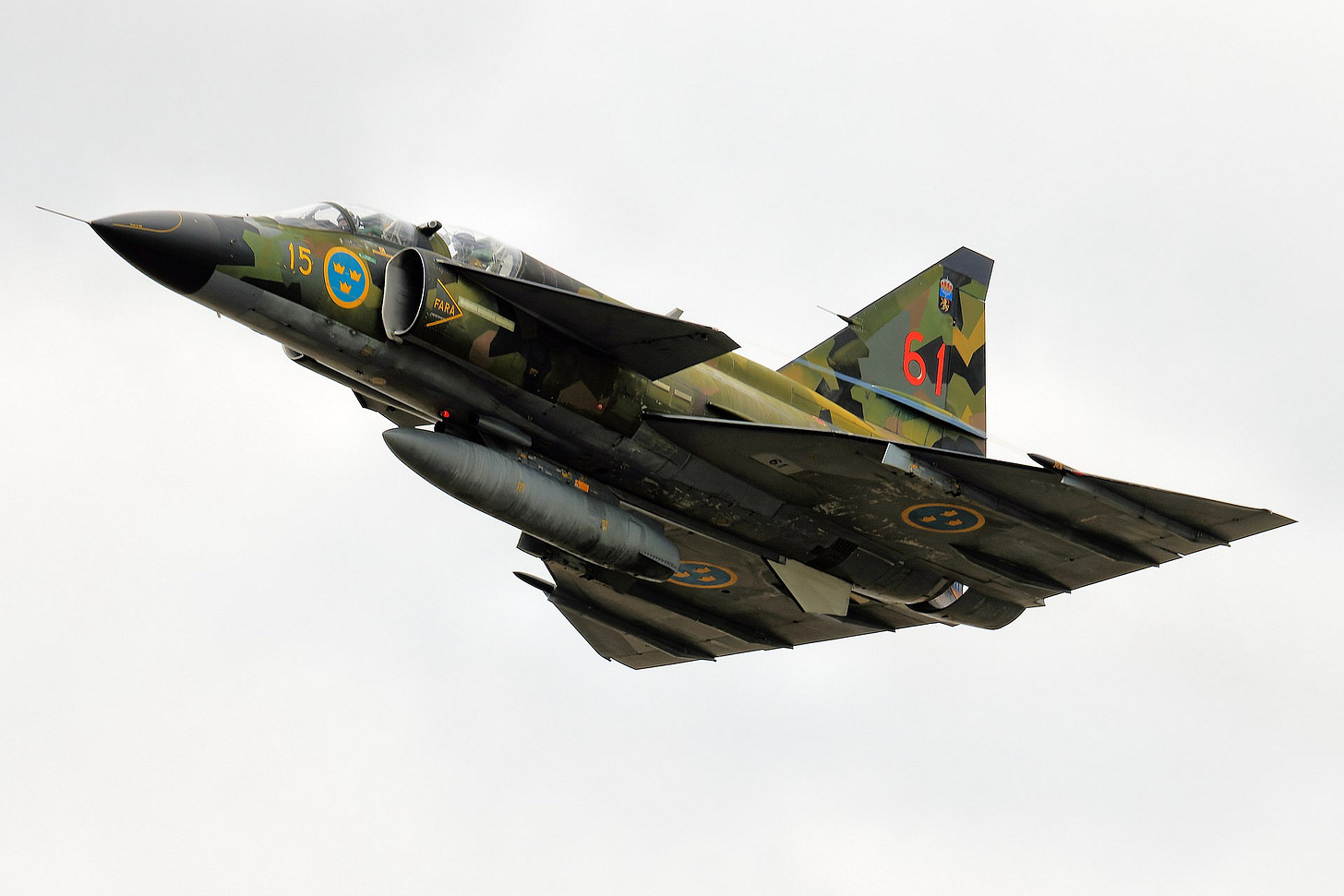How Sweden’s Saab is Quietly Making an F-35 Killer
Saab is a leader in cutting-edge military tech

Forget the flashy billion-dollar programs from the US, the UK, or France—while the world obsesses over NGAD (Next Generation Air Dominance fighter) and Europe’s FCAS, Sweden has been quietly building the future of air combat in its own understated, highly effective way.
And if history has taught us anything, it’s that when Sweden does something in aerospace, it’s usually a decade ahead of everyone else.
At the heart of this next-generation push is Saab, a company with a legacy of innovation that stretches back to the Cold War. Saab is now leading Sweden’s charge into the world of manned-unmanned teaming, next-level stealth, and data-sharing so advanced it would make most US Air Force planners break out in a cold sweat.
So while the big defense players argue over procurement timelines and ballooning budgets, Sweden is simply… getting it done.
Sweden’s Secret Weapon: Data Dominance
Ask any modern airpower strategist, and they’ll tell you the future of aerial warfare isn’t just about who has the fastest jet or the most missiles—it’s about information.
The side that sees the battlefield first, shares data the fastest, and makes decisions in real-time has the advantage. In a world where milliseconds can mean the difference between victory and getting blown out of the sky, seamless data-sharing is king.
And here’s where Sweden comes in: they’ve been playing this game longer than just about anyone.
Sweden’s obsession with networked warfare goes back to the Cold War when they knew that facing the Soviet Union head-on wasn’t an option.
Instead, they got creative.
By the 1980s, Swedish pilots flying the JA 37 Viggen were doing something almost no other air force could pull off—executing radar-silent missile engagements using a shared sensor picture.
Two Viggens flying 40 miles apart could combine their radar data without emitting any signals of their own. That meant Swedish pilots could track, target, and fire on an enemy aircraft without ever lighting up on hostile radar.
Meanwhile, a four-ship formation of Viggens knew exactly where each aircraft was, their fuel status, and how many weapons were left—all without saying a word over the radio.
That wasn’t just cutting-edge—it was practically science fiction at the time. For perspective, the US wouldn’t deploy a fighter with comparable data-sharing capabilities until the F-22 Raptor in 2005.



